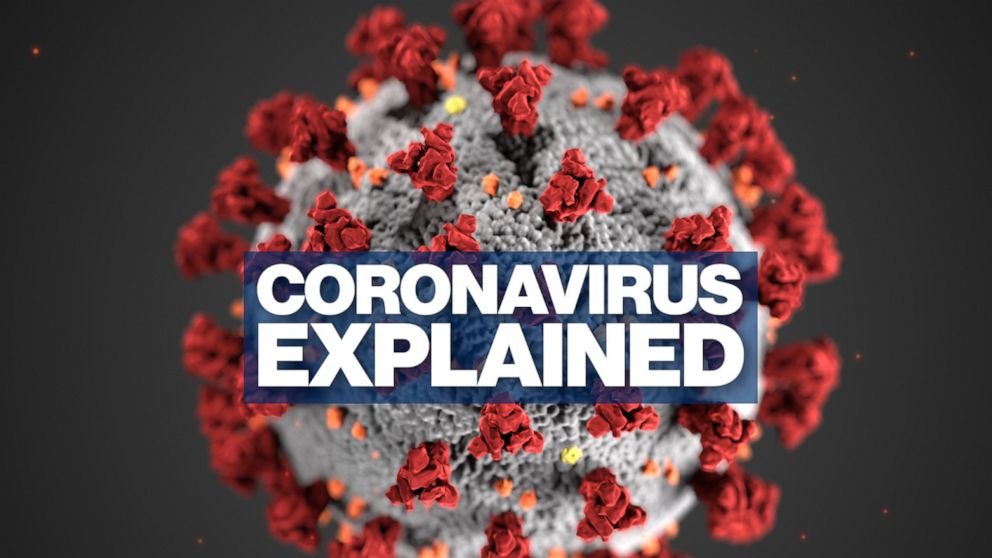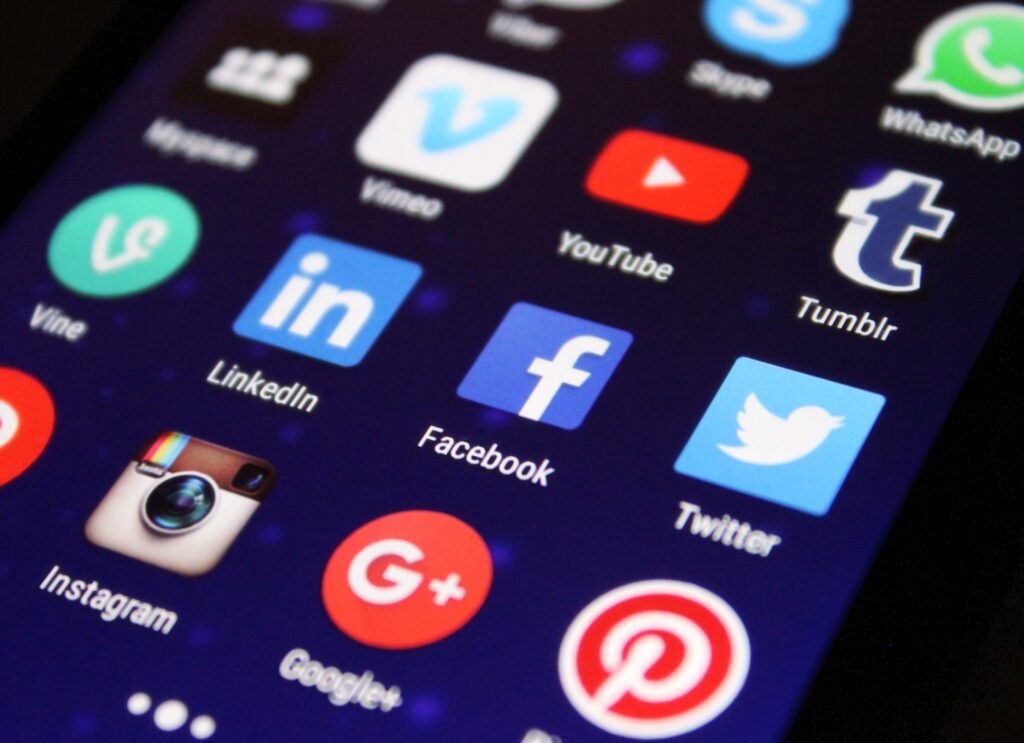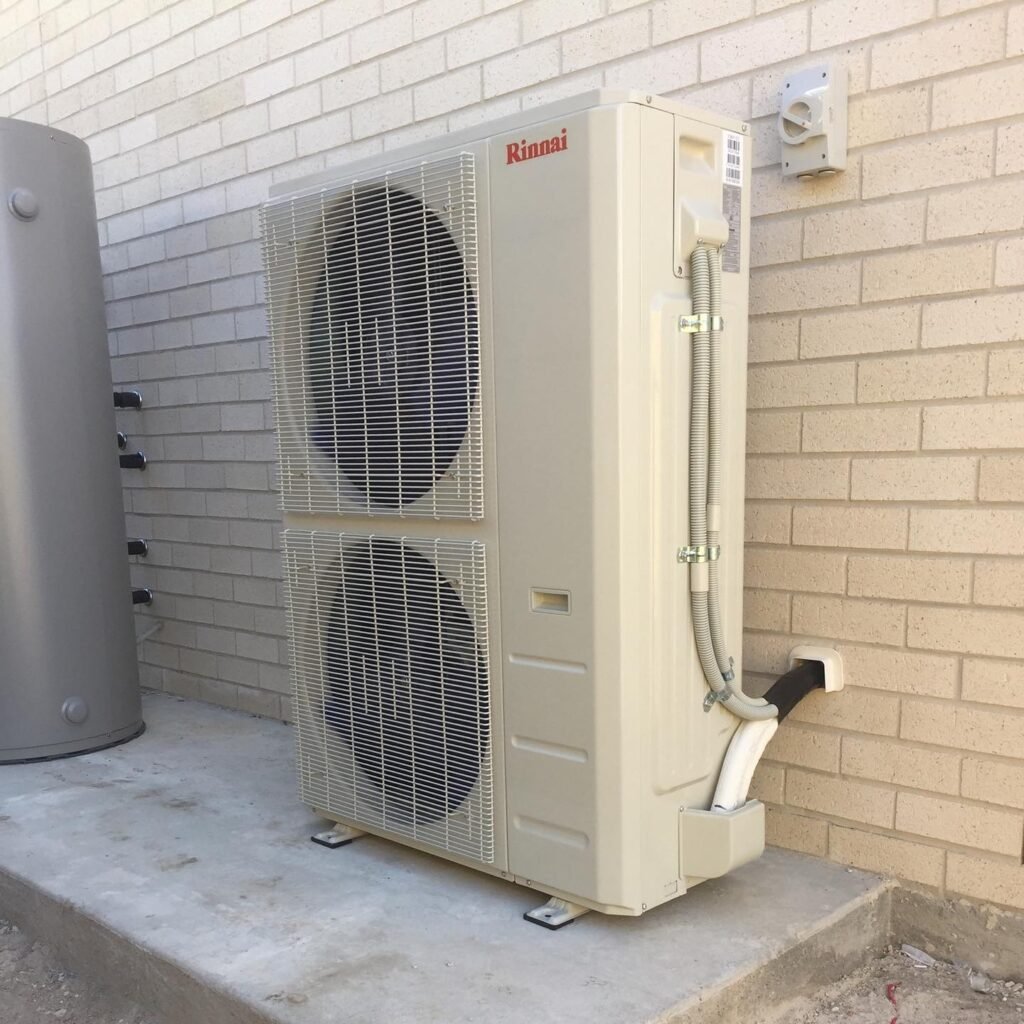
How to protect your self from coronavirus (COVID-19)
How to protect yourself. What to do if you are sick …
- * Total cases include 2,663 possible cases and total deaths include 5,402 possible deaths.
- ** The jurisdiction includes 50 states, District of Columbia, Guam, Northern Mariana Islands, Puerto Rico, and the US Virgin Islands.
When you tap your finger on the screen of the digital tablet, you can look directly at your shoulders. As of April 25, 2020, the number of US COVID-19 cases by state or region. The map shows confirmed diagnoses and possible COVID-19 cases reported by US states, US territories, and the District of Columbia. Each state health department reports how much the virus has spread in its community.
Know how it spreads:
There is currently no vaccine to stop coronavirus disease in 2019 (COVID-19). The best way to prevent disease is to avoid contact with the virus. It is believed that the virus mainly spreads from person to person.
Between people in close contact with each other (within about 6 feet). Infected persons produce respiratory droplets when they cough, sneeze, or talk. These drops of water may fall into the mouth or nose of people nearby or may be sucked into the lungs. Some recent studies have shown that COVID-19 may be spread by people who do not show symptoms.
Wash your hands often:
Wash your hands with soap and water for at least 20 seconds, especially in public places or after blowing your nose, after coughing or sneezing. If you do not have soap and water, use a hand sanitizer containing at least 60% alcohol. Cover all surfaces of your hands and rub them together until you are feeling dry.
Avoid touching eyes, nose, and mouth with unwashed hands.
Avoid close contact with sick people:
Stay at home whenever possible. Keep a distance from others. Remember, some people without symptoms may be able to spread the virus. Keeping distance from others is especially important for people who are very likely to be seriously ill.
Cover others’ mouth and nose:
Even if you do not feel sick, you’ll spread COVID-19 to others. Everyone should wear a cloth cover when they are in public (such as going to a grocery store or picking up other necessities). The cloth mask should not be placed on young children under 2 years of age. Anyone who has difficulty breathing loses consciousness, is incapacitated, or cannot remove the mask without assistance. Cloth masks are designed to protect others when you are infected.
Do not use masks facing medical personnel. Continue to maintain a distance of about 6 feet between yourself and others. Cloth masks cannot replace social isolation.
Cover up coughing and sneezing:
If you are in a private environment and do not cover your face with a cloth, remember to always cover your mouth and nose with tissues when coughing, sneezing, or using the inside of your elbows. Throw used tissues into the trash. Wash your hands immediately with soap and water for a minimum of 20 seconds. If you do not have soap and water, use a hand sanitizer with at least 60% alcohol to clean your hands.
Clean and disinfect:
Clean and disinfect frequently contacted surfaces daily. This includes tables, door handles, light switches, countertops, handles, desks, telephones, keyboards, toilets, faucets and sinks. If the surface is very dirty, clean them. Before disinfecting, use detergent or soap and water. Then, use household disinfectants. The most common EPA registered households will work.

Best Apps to Have on your Phone - Both iOS and Android

Real Estate Social Media Post Design

Incoming Harvard College Students Admissions Essay Goes Viral On Tiktok

Essay Writing Service You Presumably Can Trust

Expert Installation: Tips for Choosing Air Conditioning in Brisbane

How to Maintain a Rotary Vane Air Compressor

Pet Hospital Logo Design Samples

